Clay soil is often considered one of the most challenging types of soil for gardeners. Its heavy texture, poor drainage, and tendency to become compacted can make it difficult for many plants to thrive. However, clay soil isn’t all bad—it’s naturally rich in nutrients and can support a wide variety of hardy plants if you choose wisely. With the right selection, clay soil can become a thriving garden base filled with color, texture, and resilience.
In this article, we’ll explore five hardy plants for clay soil that not only survive but truly flourish in challenging conditions. Each plant is known for its adaptability, beauty, and ease of care, making them perfect for both beginner and experienced gardeners.
1. Daylilies (Hemerocallis)
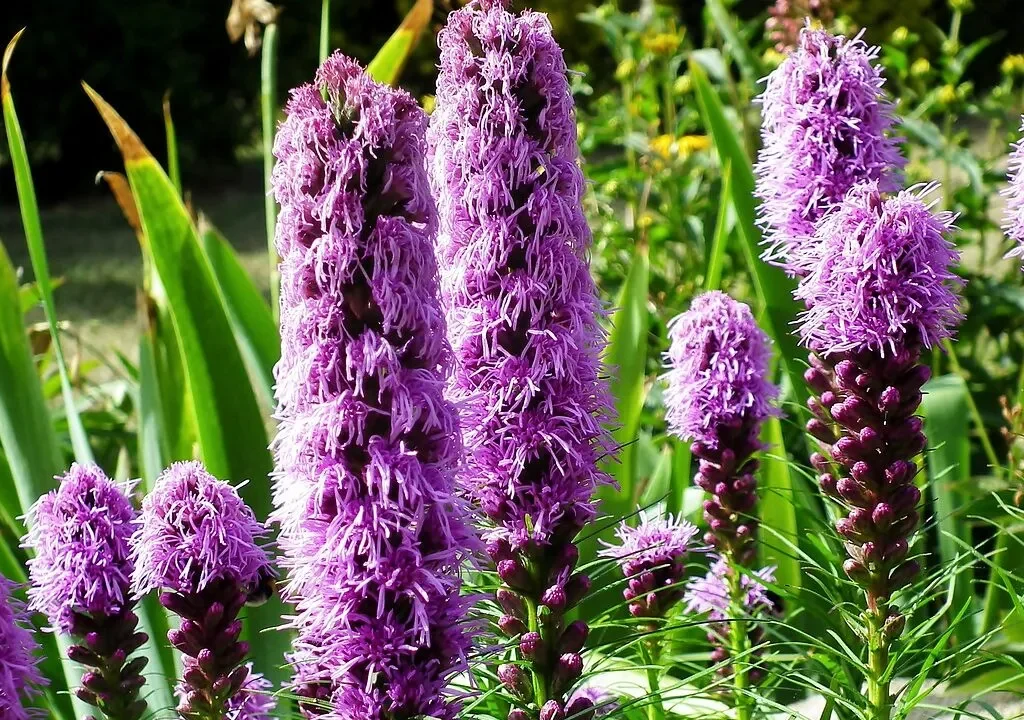
Daylilies are one of the most dependable and vibrant perennials you can grow in clay soil. Known for their trumpet-shaped flowers and long blooming season, they add cheerful bursts of color to any garden.
Why They Thrive in Clay Soil:
Daylilies have strong, fibrous roots that penetrate compact soil, making them ideal for clay-heavy areas. They can tolerate poor drainage and even survive short periods of standing water.
Care Tips:
- Sunlight: Plant in full sun for maximum blooms, though they tolerate partial shade.
- Watering: Water deeply during dry spells, but avoid overwatering.
- Maintenance: Deadhead spent flowers to encourage more blooms. Divide clumps every 3–4 years to keep them healthy.
Added Benefit:
Daylilies come in countless varieties and colors, so you can choose shades that match your garden’s theme. They’re also drought-tolerant once established, making them low-maintenance and reliable.
2. Coneflowers (Echinacea)
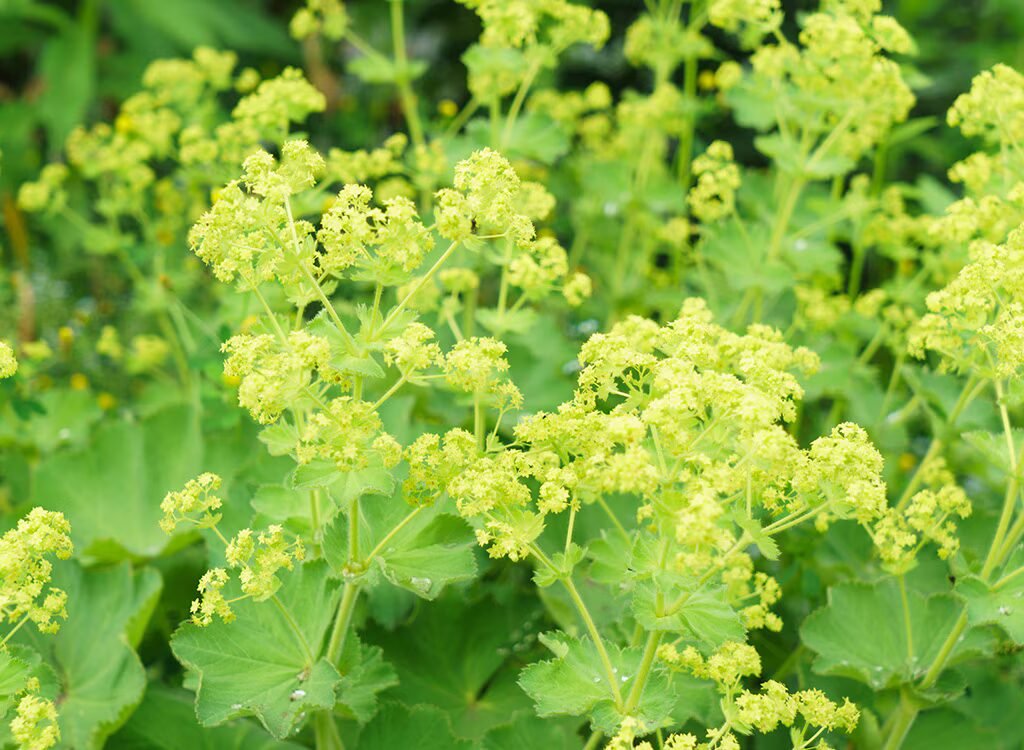
Coneflowers are hardy perennials that bring pollinator-friendly charm to clay soil gardens. With their daisy-like petals and prominent centers, they attract bees, butterflies, and birds.
Why They Thrive in Clay Soil:
Echinacea’s deep taproot system allows it to break through dense clay layers. Once established, they tolerate poor soil conditions and periods of drought.
Care Tips:
- Sunlight: Full sun is best, though they tolerate light shade.
- Watering: Provide moderate watering during the first growing season; afterward, they’re drought-resistant.
- Maintenance: Cut back dead flower heads in late summer to encourage new growth or leave them for birds in winter.
Added Benefit:
Apart from being ornamental, Echinacea has medicinal uses and is often grown for its immune-boosting properties. Its long-lasting blooms also make excellent cut flowers.
3. Black-Eyed Susans (Rudbeckia hirta)
Black-Eyed Susans are bright, cheerful wildflowers that are incredibly resilient. Their golden-yellow petals with dark brown centers can light up any corner of your garden.
Why They Thrive in Clay Soil:
Rudbeckias are highly adaptable and can tolerate compact soils without losing vigor. They establish quickly and can handle both wet and dry spells, which are common in clay-heavy gardens.
Care Tips:
- Sunlight: Grow in full sun for the best flowering.
- Watering: Moderate watering is enough; they’re drought-tolerant once established.
- Maintenance: Deadhead flowers to extend blooming time. They also self-seed, creating natural drifts over time.
Added Benefit:
Black-Eyed Susans provide nectar for pollinators and seeds for birds, making them perfect for wildlife-friendly gardens. Their bright blooms also look stunning in mixed flower beds.
4. Bee Balm (Monarda)
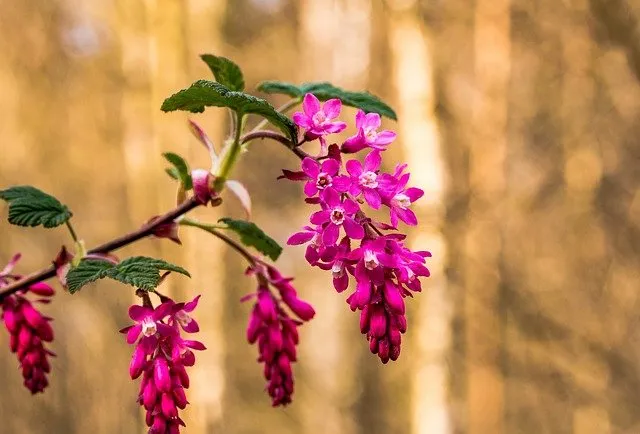
Bee Balm is a hardy perennial known for its spiky, vibrant flowers in shades of red, pink, purple, and white. Its aromatic leaves and pollinator-attracting blooms make it a favorite among gardeners.
Why They Thrive in Clay Soil:
Bee Balm tolerates clay soil well because it prefers moist, nutrient-rich environments. With proper spacing and care, it thrives even in heavy soils.
Care Tips:
- Sunlight: Prefers full sun but can tolerate partial shade.
- Watering: Keep the soil evenly moist but avoid waterlogging.
- Maintenance: Prune back after flowering to encourage new blooms. Ensure good air circulation to prevent powdery mildew.
Added Benefit:
Bee Balm is a magnet for hummingbirds, butterflies, and bees. It also has culinary uses, as the leaves can be brewed into herbal tea.
5. Astilbe
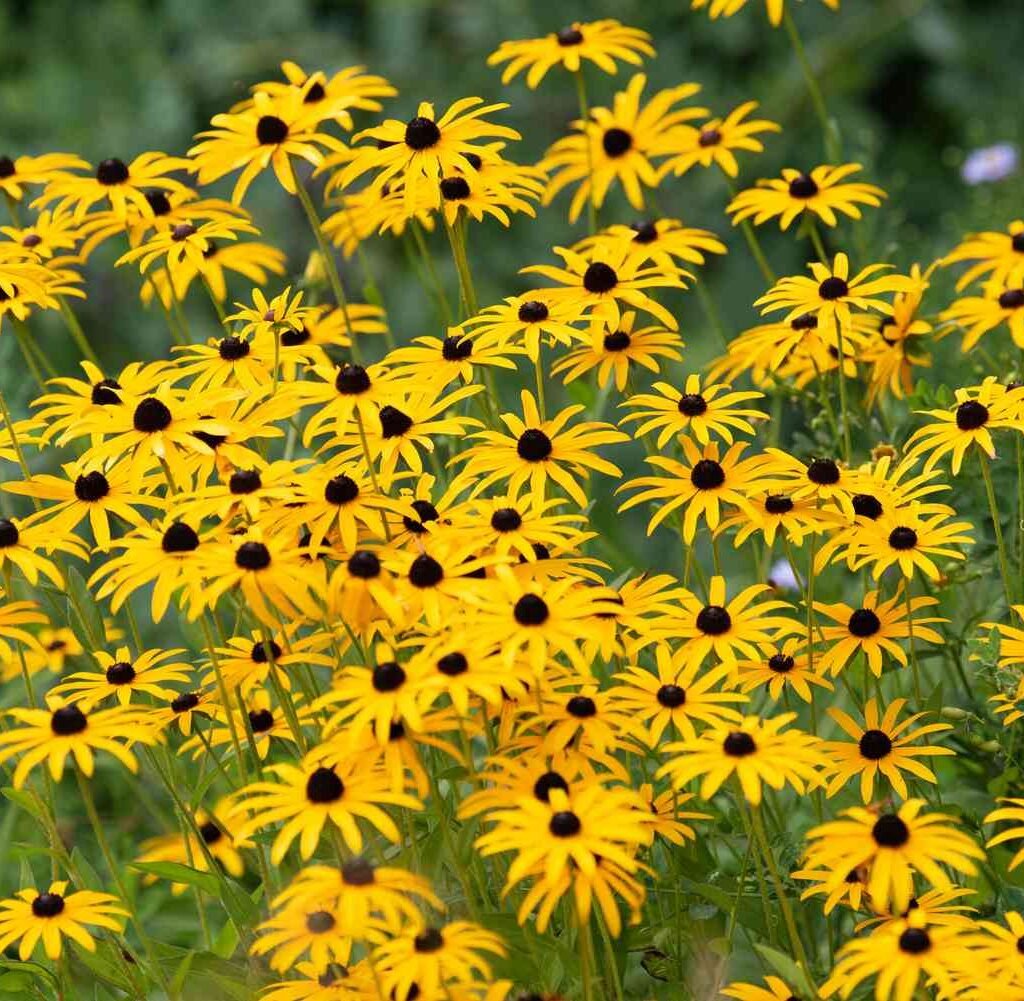
If your clay soil garden has shady, moist areas, Astilbe is the perfect choice. Its feathery plumes of flowers in shades of pink, red, and white bring elegance and texture to the garden.
Why They Thrive in Clay Soil:
Astilbe enjoys consistently moist soil, which clay naturally provides. Its robust root system adapts well to heavy soils, especially in shady spots where drainage is slower.
Care Tips:
- Sunlight: Partial shade to full shade is ideal.
- Watering: Water regularly to keep the soil moist; mulch to retain moisture.
- Maintenance: Cut back flower stalks after blooming and divide clumps every few years to rejuvenate growth.
Added Benefit:
Astilbe’s lush foliage remains attractive even after the flowers fade, making it a great plant for adding long-lasting interest to shady garden beds.
Tips for Gardening in Clay Soil
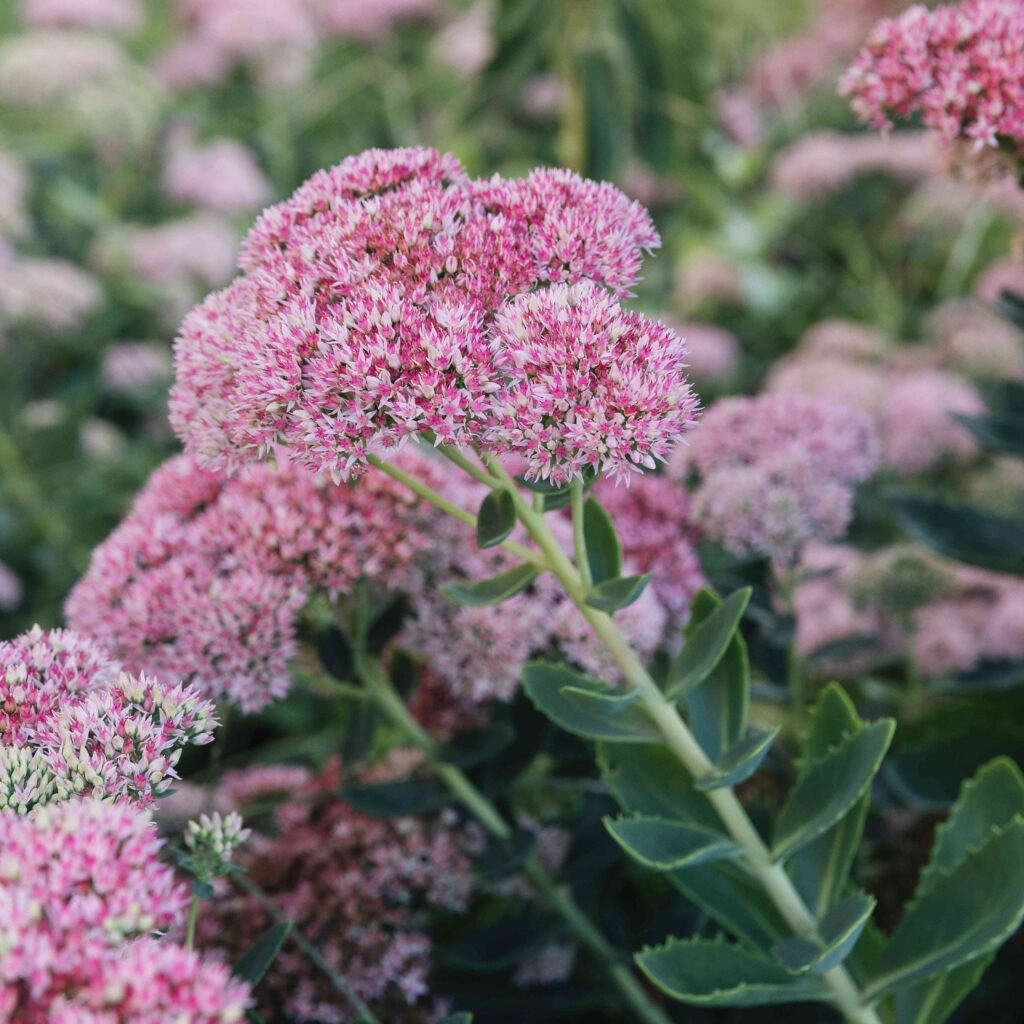
While the plants above are naturally suited to clay, a few simple steps can further improve your garden’s success:
- Improve Drainage with Organic Matter – Add compost, leaf mold, or well-rotted manure to lighten heavy clay and enhance aeration.
- Raised Beds or Mounds – For plants that need better drainage, elevate them slightly above the ground level.
- Mulching – Mulch helps retain moisture during dry spells and prevents surface crusting.
- Avoid Overwatering – Clay retains water longer, so always check soil moisture before watering.
- Test Soil pH – Clay soil is often alkaline; choose plants accordingly or amend the soil if needed.
Conclusion
Clay soil may seem challenging, but with the right approach and plant choices, it can become a garden filled with life and beauty. Plants like Daylilies, Coneflowers, Black-Eyed Susans, Bee Balm, and Astilbe are not only hardy but also add vibrant color and attract pollinators. By embracing the strengths of clay soil and selecting resilient species, you can transform your garden into a thriving landscape that requires minimal fuss and rewards you with long-lasting beauty.






Leave A Comment